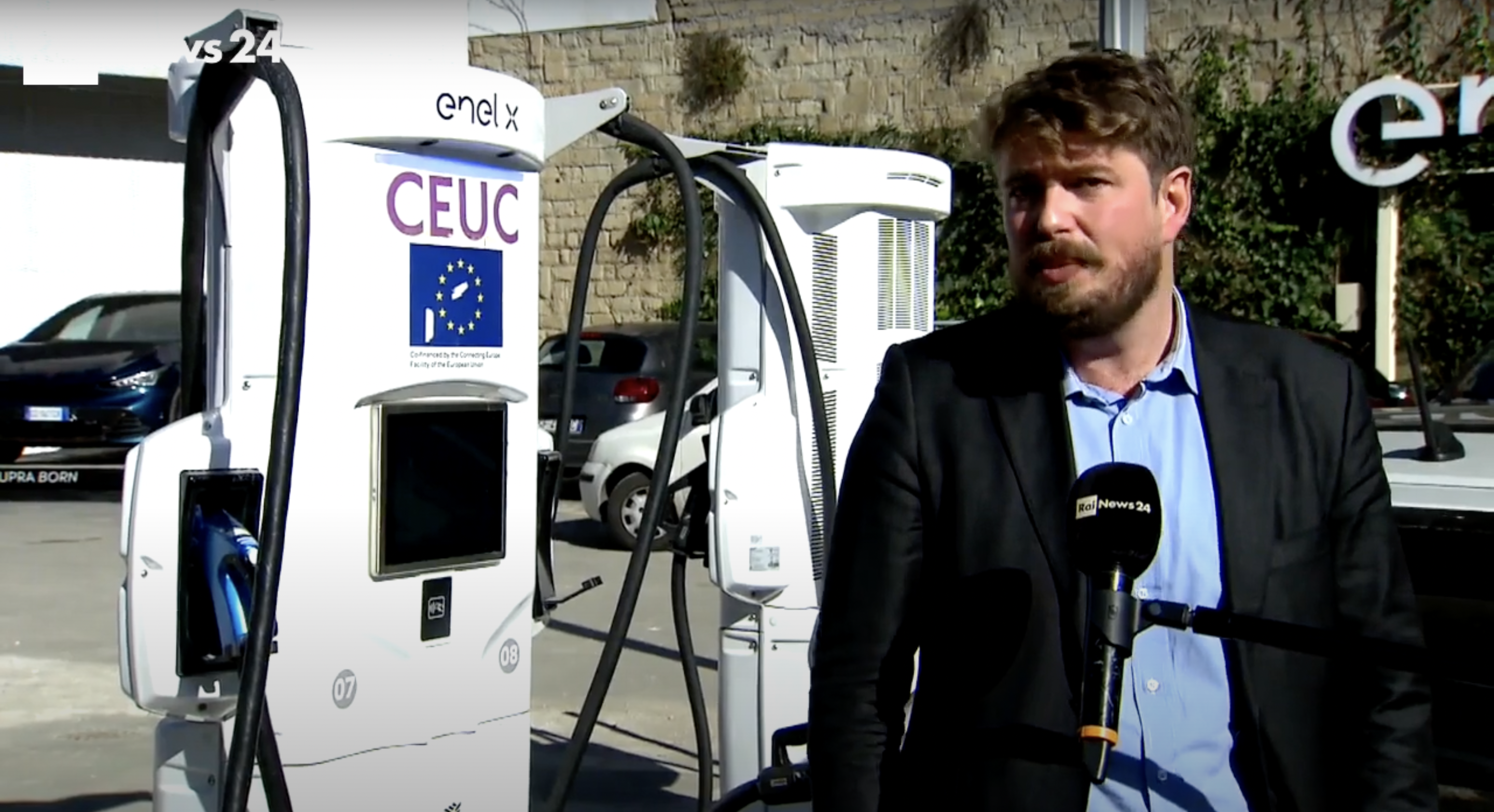Pnrr funds for charging stations, what’s going on (and what’s wrong)

The allocation of Pnrr resources for electric charging stations is limited to traditional petrol stations. Because? The consultation of the ministry and the criticisms of Motus-E
With funds from the National Recovery and Resilience Plan (Pnrr), the government intends to implement the existing infrastructure for electric cars by installing new charging stations. An operation financed with 741.3 million euros, which provides for "7,500 super-fast charging stations for electric vehicles on extra-urban roads (excluding motorways) and at least 13,755 fast charging stations in urban centers", for a total therefore of at least 21,255 charging points.
THE FIRST STEP FOR THE INSTALLATION OF THE CHARGING COLUMNS
A few days ago the Ministry of Ecological Transition (MITE) announced the launch of a public consultation for the finalization of the implementing decree (here the consultation adhesion form ; here instead the Public consultation document on the M2C2 investment measure 4.3 Charging infrastructures ) which will be closed on June 6th.
THREE CALLS, THE FIRST IN DECEMBER
The operation, the dicastery recalls, is incentivized "with non-repayable contributions up to 40%", also intended to restructure "the fuel distribution network", and the funding will be awarded through three calls: one per year from 2022 to 2024.
The first will start by next December and will remain open for 90 days. The ranking of each call will be drawn up on the discount offered on the maximum percentage of capital contribution (40%), corrected by specific reward factors. Waiting for the results of the consultation just launched by the dicastery led by Roberto Cingolani, here is how they have been structured and the limits they present.
THE CRITERIA FOR PARTICIPATING IN THE COMPETITIONS
Subjects who submit a contribution request "must demonstrate that they have managed at least 50 recharging stations that have been operating for more than 12 months". As for the extra-urban roads, the charging stations may also be built "within a distance of 500 m from these roads", but "in any case outside built-up areas".
Il Mite allocates about 360 million euros in this regard. The charging stations must have at least 175 kW of power and “be modular, so as to be expandable to deliver power of at least 350 kW per charging point”.
THE CONDITIONS
To access the inventories of non-repayable grants up to 40% for the construction of recharging infrastructures, a maximum investment cost of 81,000 euros per station is envisaged, "to which are added the costs of connection to the electricity grid and the design costs , quantified respectively equal to a maximum of 40% and 10% of the maximum cost of supply and installation ". Among other conditions, it is required that the work be completed within 12 months of admission to the incentive.
Finally, a chapter dedicated to the installation and construction of charging stations in urban centers. In this regard, the Government allocates 353 million euros of non-repayable benefits provided for by Mission 2, Component 2, Investment 4.3 of the National Recovery and Resilience Plan. The city charging stations must have a power of over 100 kW and a maximum admissible investment cost of € 50,000, "to which are added the costs of connection to the electricity grid and the design costs, quantified respectively equal to a maximum of 20 % and 10% of the maximum cost of supply and installation ". Again, completion of the works within 12 months.
THE FUNNEL OF SERVICE STATIONS
As we have seen, the granting of non-repayable benefits provided for by the National Recovery and Resilience Plan in order to incentivize with non-repayable contributions up to 40% the creation of charging infrastructures for fast and ultra-fast electric vehicles has at its core the restructuring of the fuel distribution network. Il Mite for its part thus motivates the intention to maximize the use of traditional fueling stations: it would serve to "avoid further subtraction of land and optimize the use of connections to the electricity grid already present".
This is a limit criticized by Motus-E , an association that represents the stakeholders of electric mobility. "These are important figures, which require particular attention in the assignment – explained Francesco Naso , general secretary of Motus-E – We point out, however, that, in the current enunciation of the consultation of the Ministry of Ecological Transition, the offers of the operators refill charges are not valid if the infrastructure does not fall within the traditional fuel stations ".
“We remember – he added – that the recharging of electric vehicles represents a new paradigm that does not go well with the spaces of the refueling stations, especially in urban areas. It is right to incentivize the use of existing spaces and connections to the electricity grid: however, limiting the bonus to petrol stations only, excluding supermarkets, stations or other nodes that are already operational, does not represent an advantage at all either for users or for the electricity system. ".
"We trust – concluded the general secretary of Motus-E – that the Government will correct the shot and not oblige the sector players, who are investing hundreds of millions of euros also on the leverage of the resources made available by the PNRR, to install the columns exclusively in old distributors: there is a risk of not reaching the objectives on the number of infrastructures to be installed, of not spending all the resources allocated and, above all, of creating an inefficient service for end users. "
This is a machine translation from Italian language of a post published on Start Magazine at the URL https://www.startmag.it/smartcity/fondi-pnrr-per-le-colonnine-di-ricarica-che-cosa-va-e-cosa-non-va/ on Tue, 24 May 2022 13:28:39 +0000.
